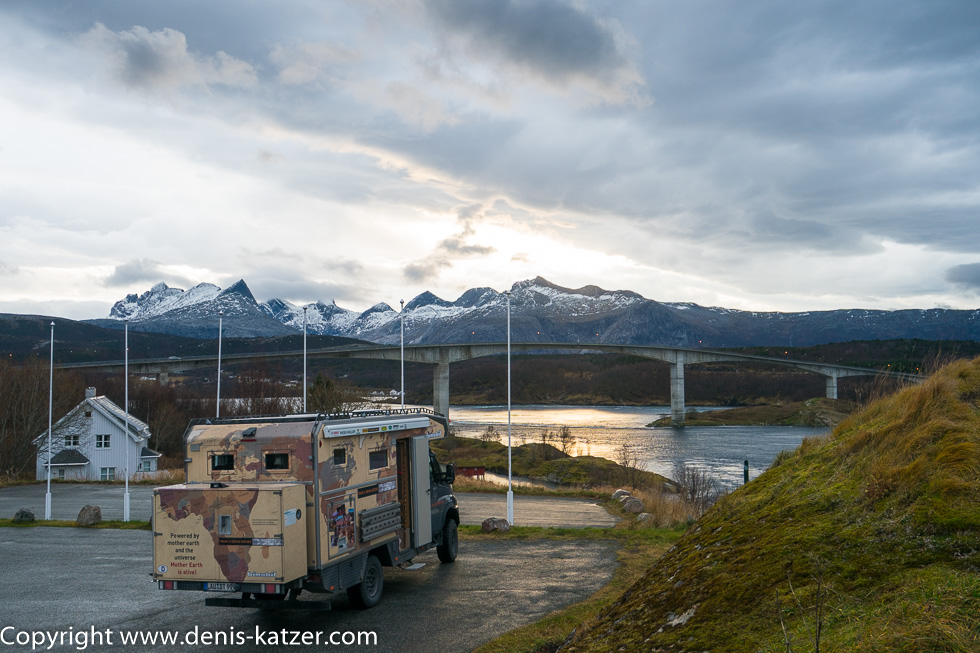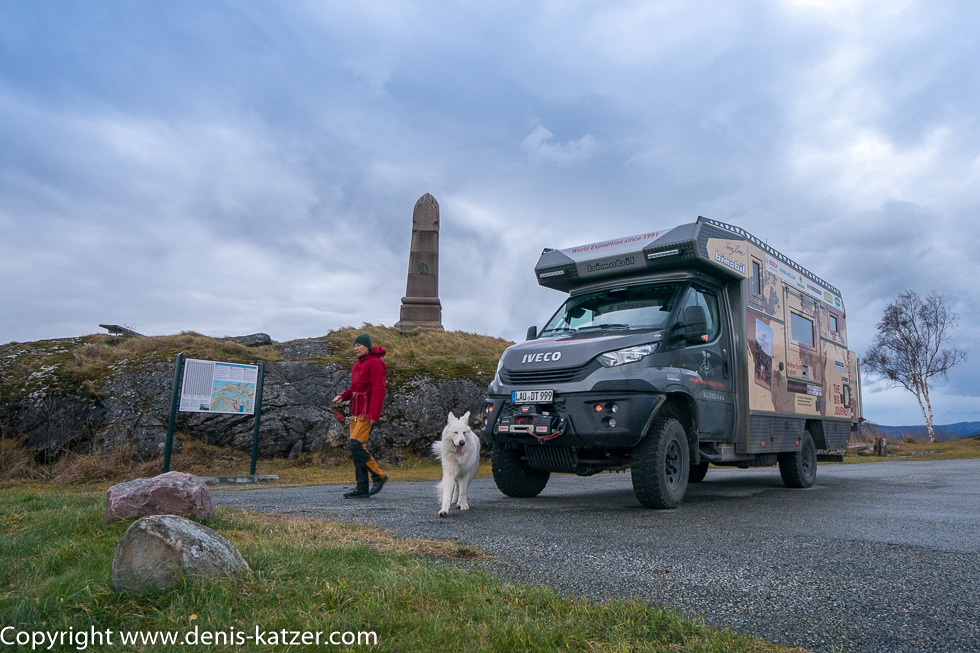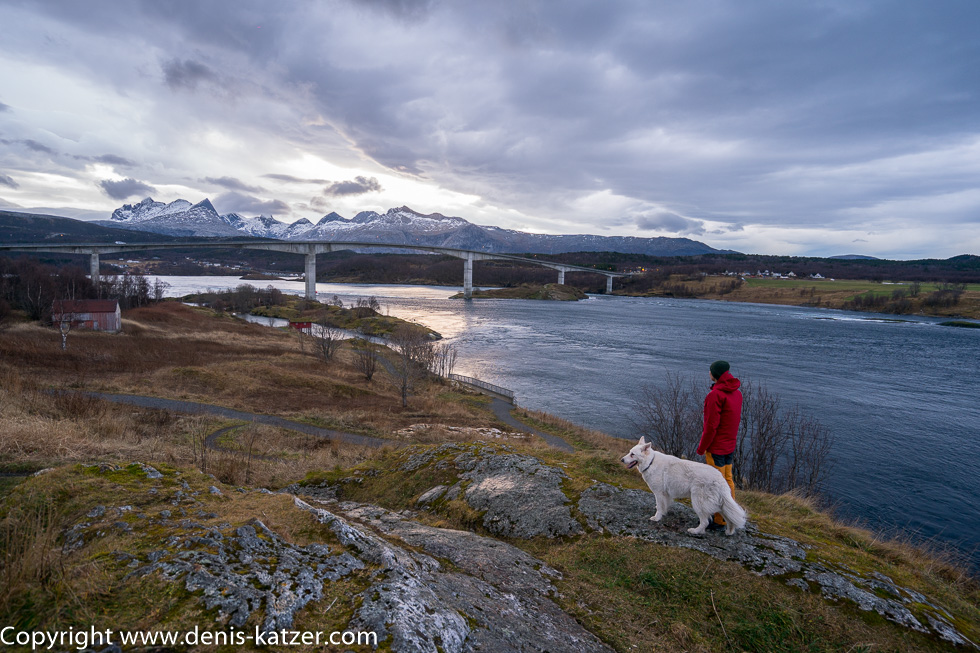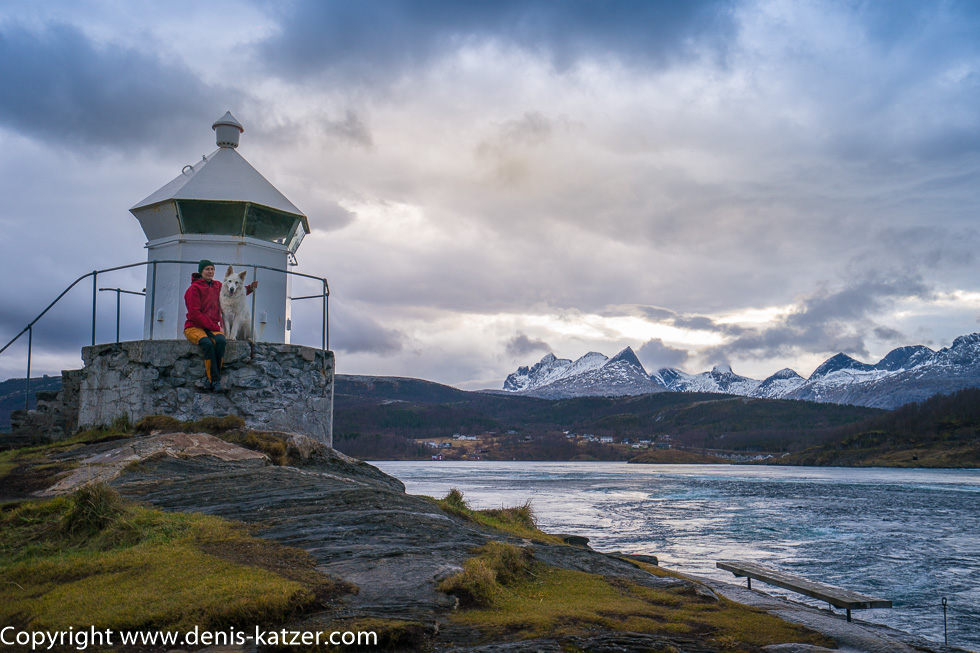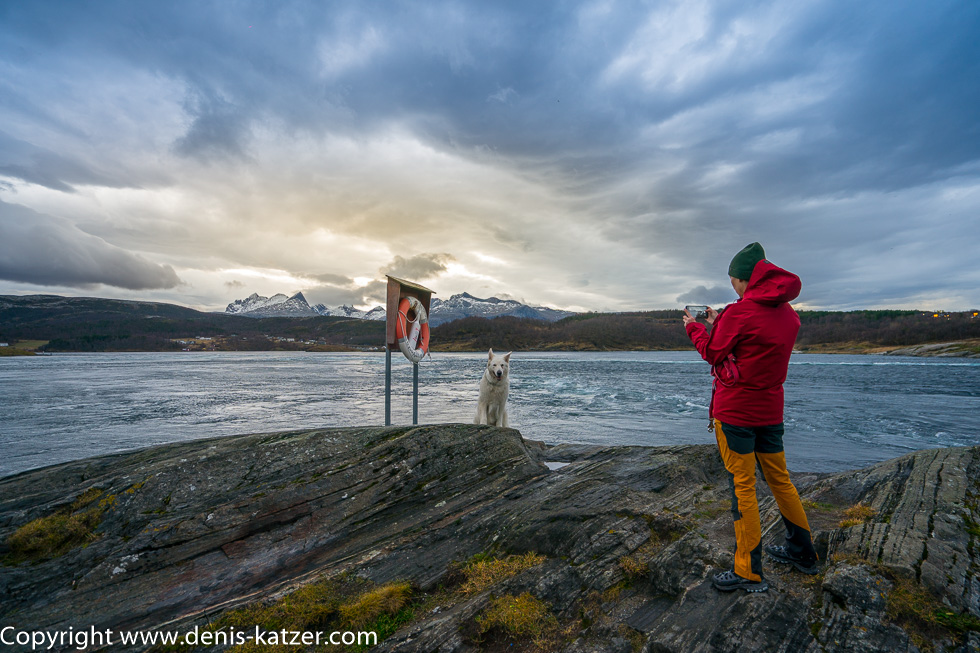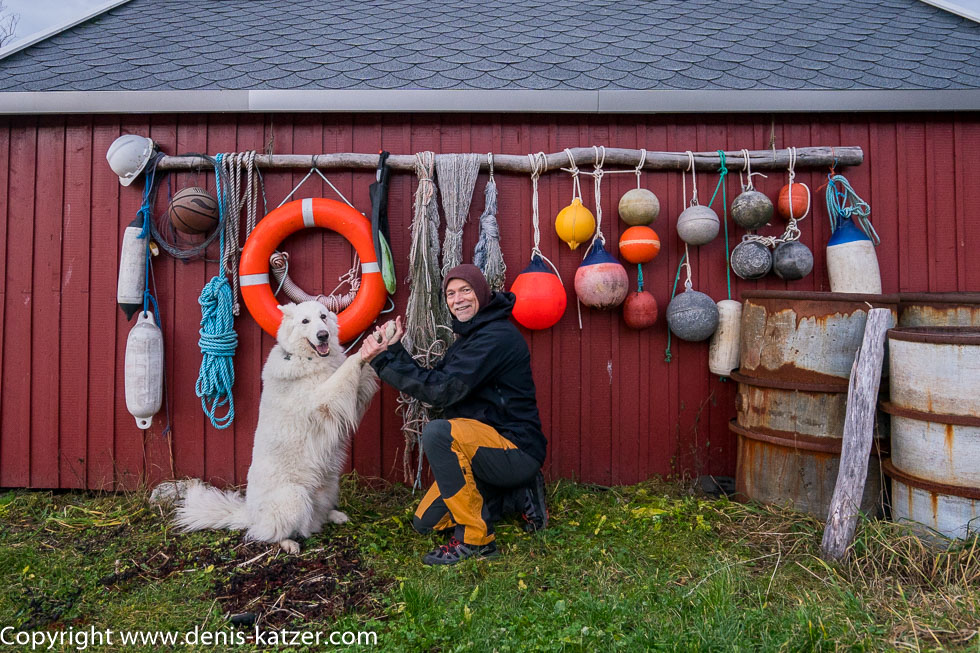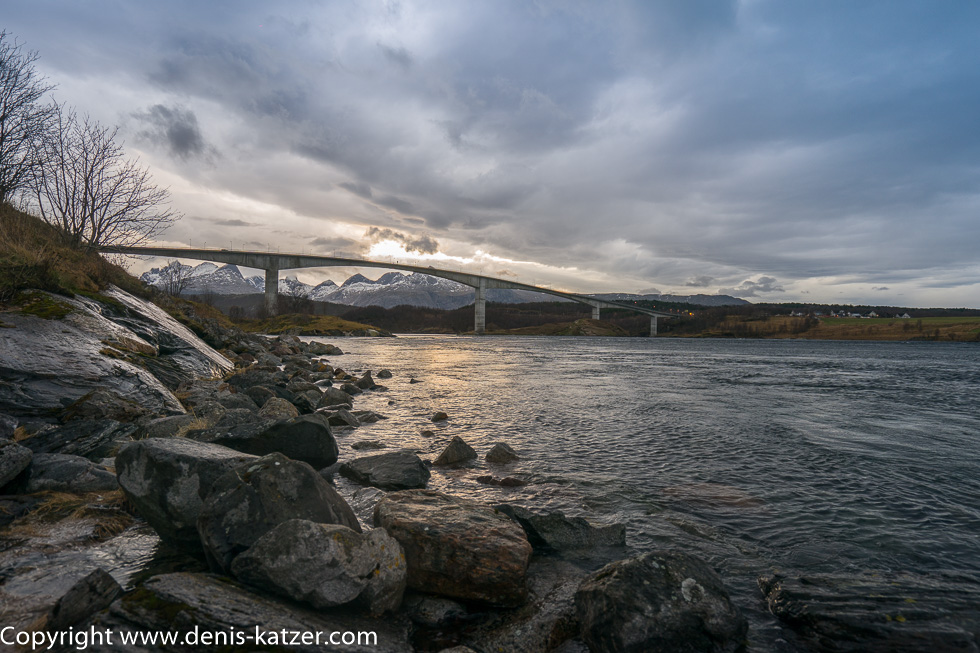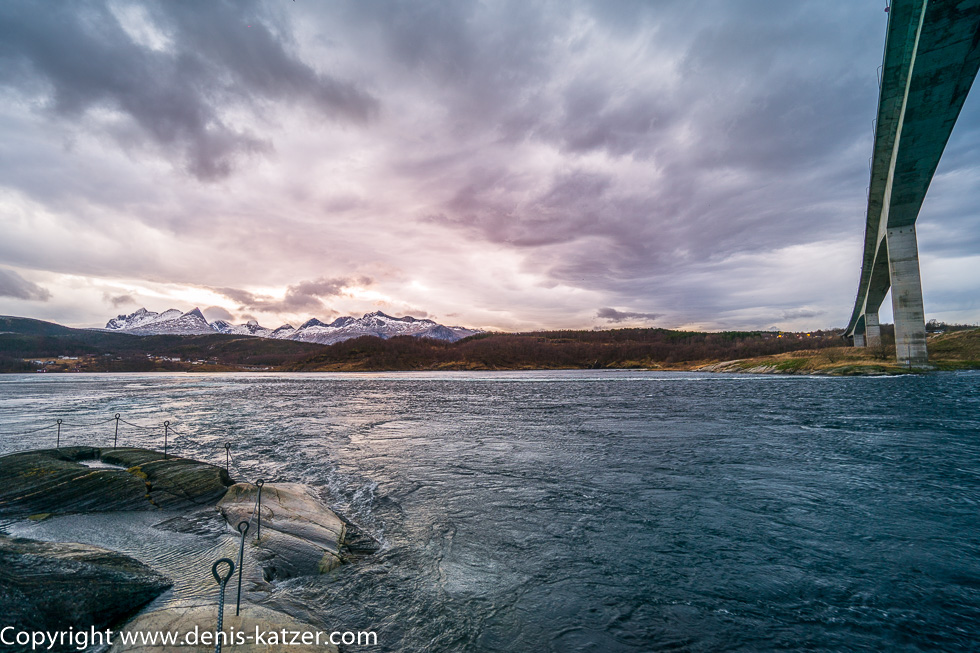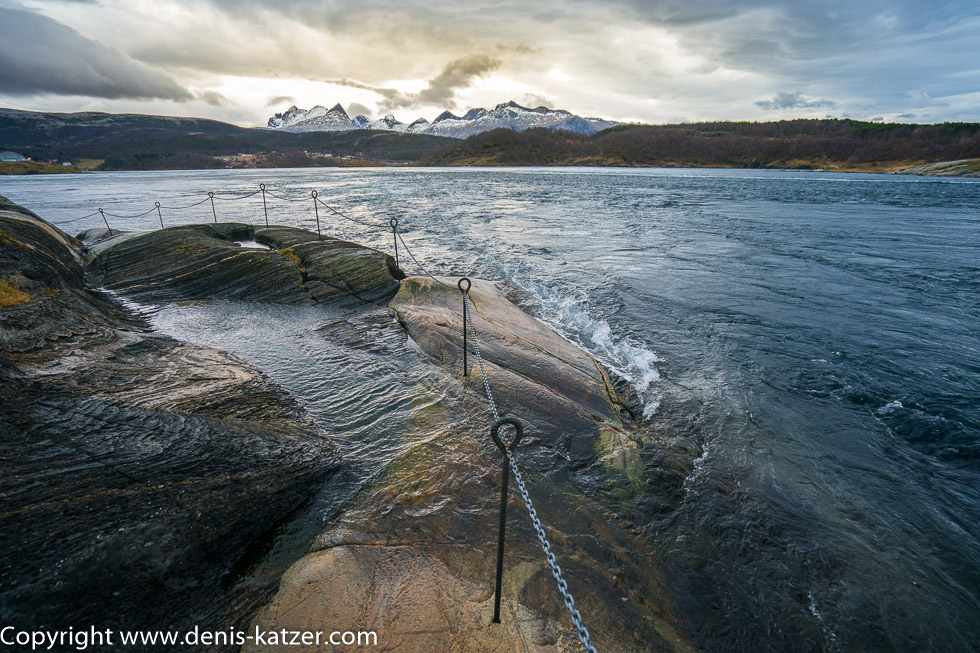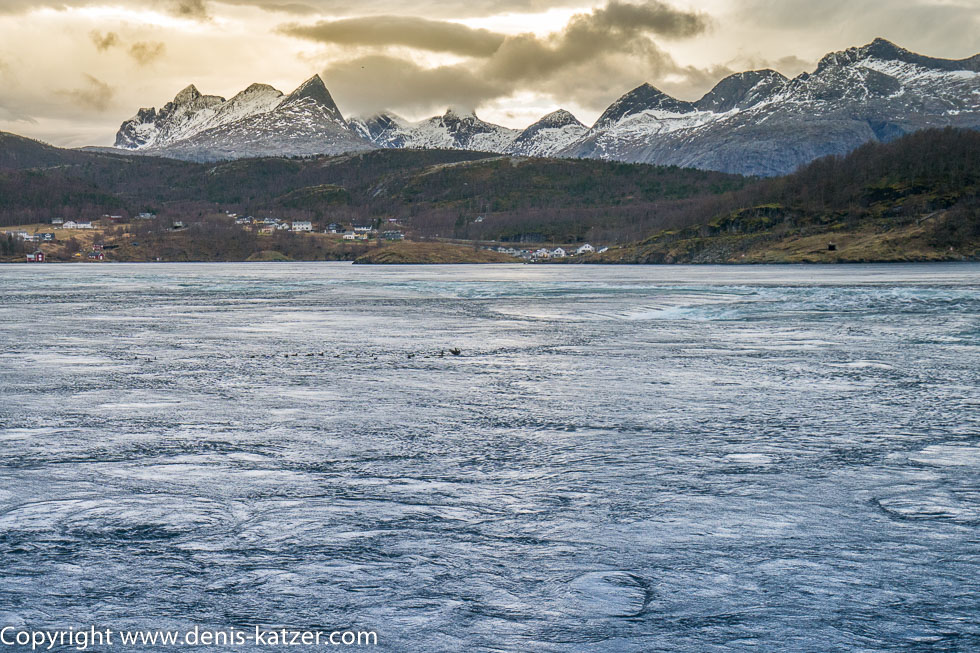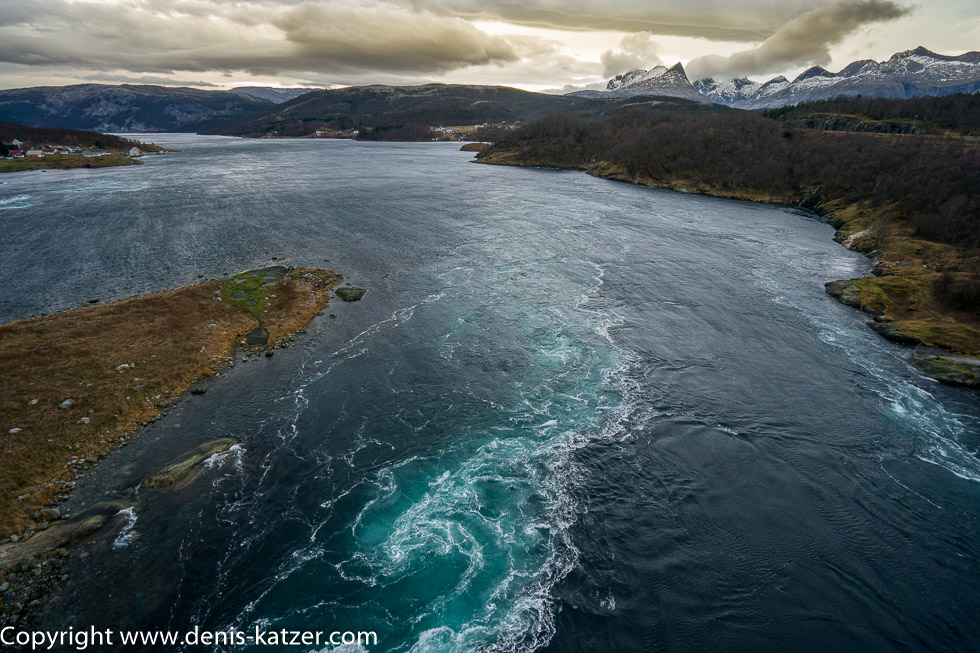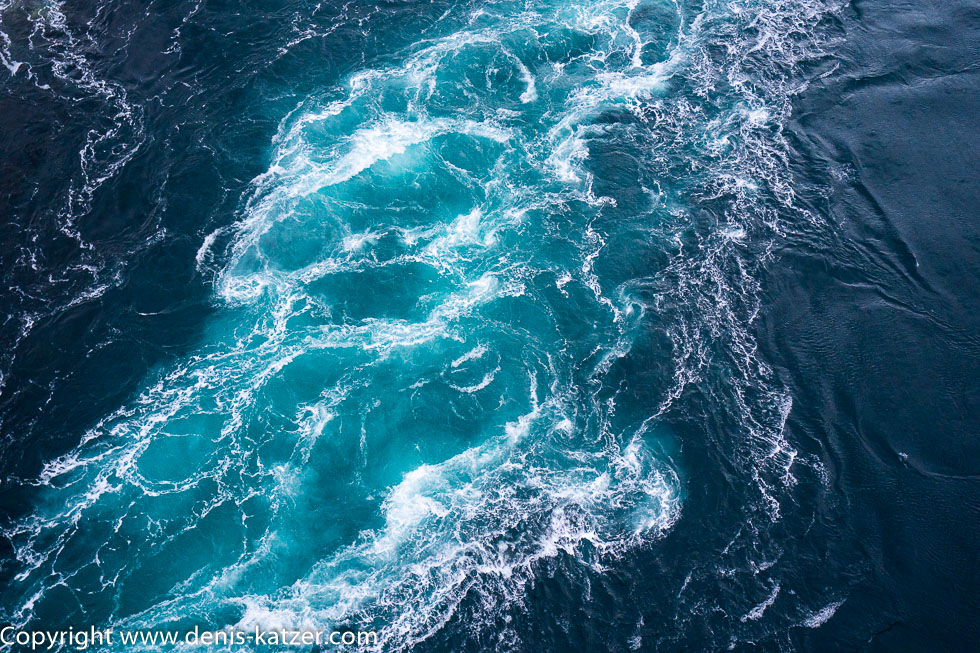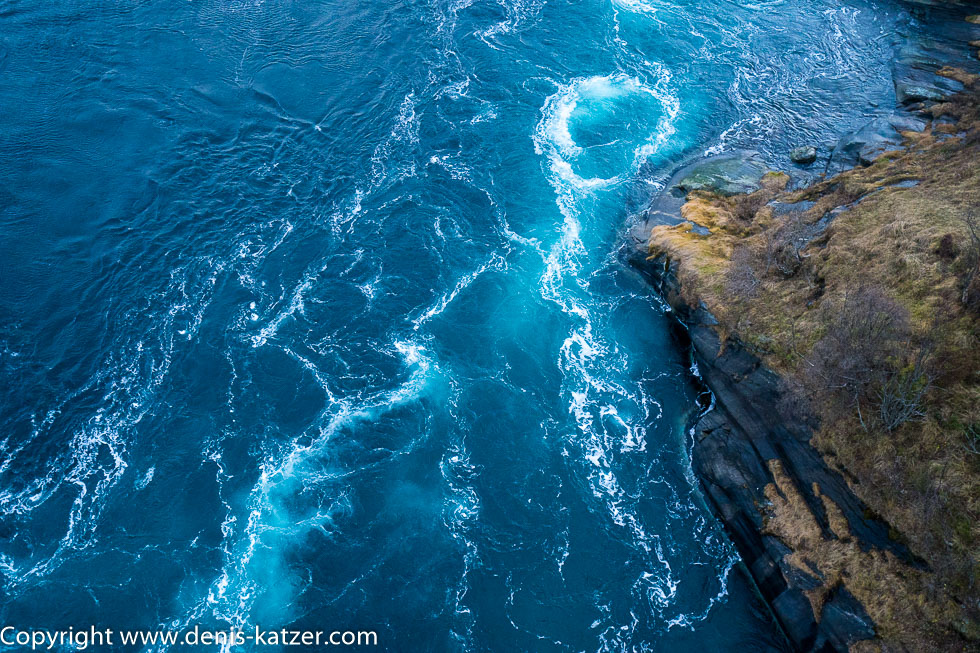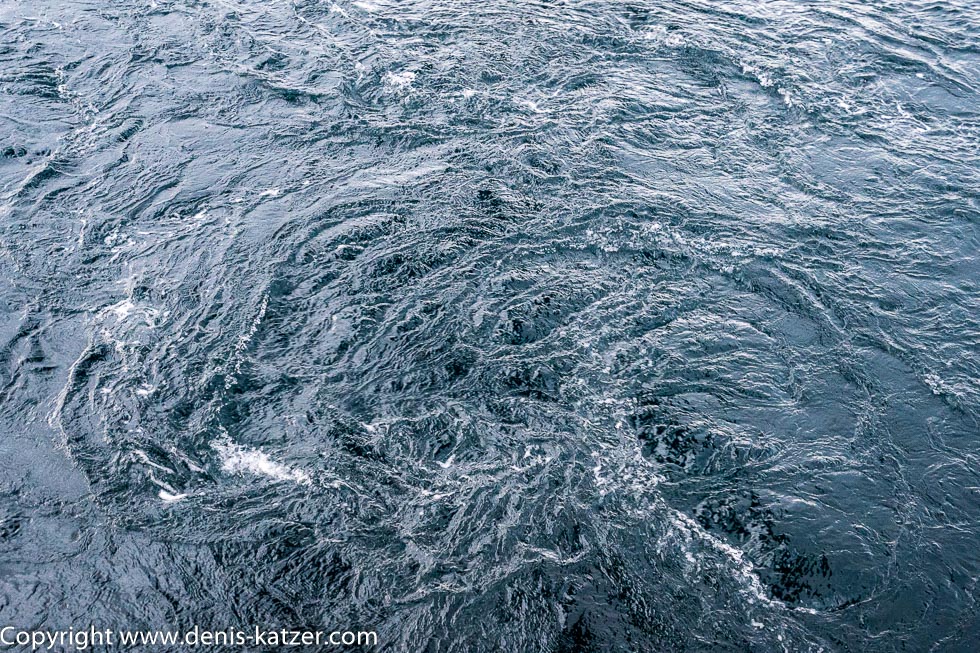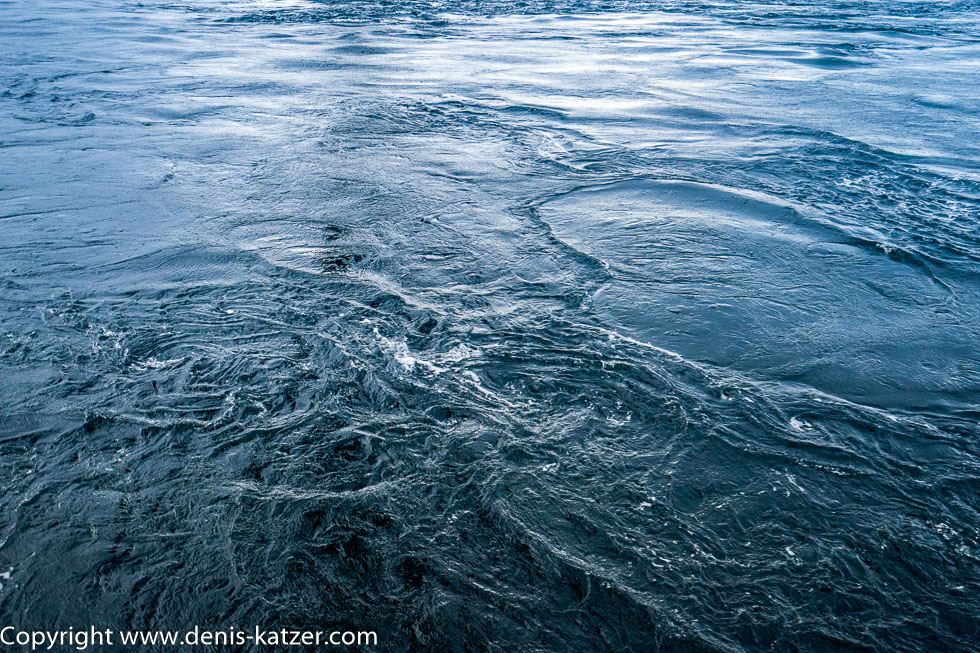
Why the sea is salty
N 68°14'38.0'' E 014°36'29.8'
Date:
30.09.2020
Day: 059
Country:
Norway
Location:
Super street parking space
Daily kilometers:
72 km
Total kilometers:
5212 km
Soil condition:
Asphalt
Ferry
0
Bridge crossings:
4
Tunnel passages:
3
Sunrise:
07:04
Sunset:
18:39
Temperature day max:
14°
Night temperature min:
9°
Departure:
09:30
Arrival time:
18:00
(Photos of the diary entry can be found at the end of the text).
Click here for the podcasts!
Link to the current itinerary
(For more posts click on one of the flags in the map)
Although it is already just after 4 p.m., we are back in the Terra, turn onto the E10 and leave Borg behind us. “Off to see the sperm whales!” Tanja shouts enthusiastically. We would like to explore Lofoten a little more, but the new idea injected by Laura and Mark drives us to visit Vesterålen before the North Cape. We use the remaining daylight to cover a few more kilometers today. After 25 kilometers we reach the imposing bridge that carries us from the island of Vestvågøy to the small island of Gimsøy. My gaze falls down to the strait, because sometimes you can see powerful and dangerous whirlpools between the islands, caused by the tidal current. The Saltraumen near the town of Bodø, for example, is the strongest tidal current in the world. There, 400 million cubic meters of water will soon be flowing back and forth through an approximately 150-meter narrow strait as the tide ebbs and flows. The water reaches the astonishing speed of 40 km/h and whirlpools up to four meters deep form on its banks. Anyone who comes in as a swimmer or with a small boat has lost. Lofoten also has a famous tidal current between the islands of Moskenesøy and Værøy, which has given rise to various legends and is known as the Maelstrom. “And do you see strudel?” I ask Tanja. “You’re driving too fast.” “Can’t slow down. There’s a car behind us,” I reply. “You read about the Maelstrom yesterday. Wasn’t there a legend?” I ask with interest. “Yes, shall I tell you something for a change?” asks Tanja with a grin. “I’d love to.” “Okay. An old Norse poem tells of a peaceful time when no one hurt anyone else, even if they met their father’s or brother’s murderer. It was a time when there were no robbers or thieves and no one enriched themselves at someone else’s expense. Not even a gold ring lying on the floor was taken.” “A wonderful time,” I say, somehow longing for it, even though Norway is a really peaceful and safe country. “So in this poem,” Tanja continues, “lived the Danish King Fróði, who paid a visit to the Swedish King Fjölnir. He bought two female slaves named Fenja and Menja from Fjölnir, who were the daughters of a giant. He took them home with him, where he had recently been given a mill that could grind anything you wanted. The problem was that the millstones of the mill were so large and heavy that no human could move them. Although Fróði lived in the most peaceful time ever, he was greedy and forced Fenja and Menja to grind gold, prosperity and even more peace for him. He became so greedy that he cut the two sisters’ work breaks to the sound of a cuckoo or a short song. The sisters became very angry and while the king slept, they turned the stones to grind an enemy army to attack his kingdom. The leader named Mysing had the king and many of his soldiers killed. Then he sailed away with rich booty and the two sisters, bringing King Fróði’s peaceful kingdom to an abrupt and sad end.
Fenja and Menja were happy about their liberation, but their happiness did not last long, because Mysing ordered them to grind salt. Around midnight, the two asked Mysing if he finally had enough salt. “Keep grinding,” Mysing ordered roughly. Fenja and Menja knew that they had jumped out of the frying pan into the fire and continued to grind. They kept grinding until the ships of the army commander Mysing sank completely overloaded, creating a huge whirlpool that pulled everything down to the bottom of the sea. Even today, Fenja and Menja sit there on the seabed and tirelessly grind salt, so much salt that the seawater became salty and the place is now called the Maelstrom…
